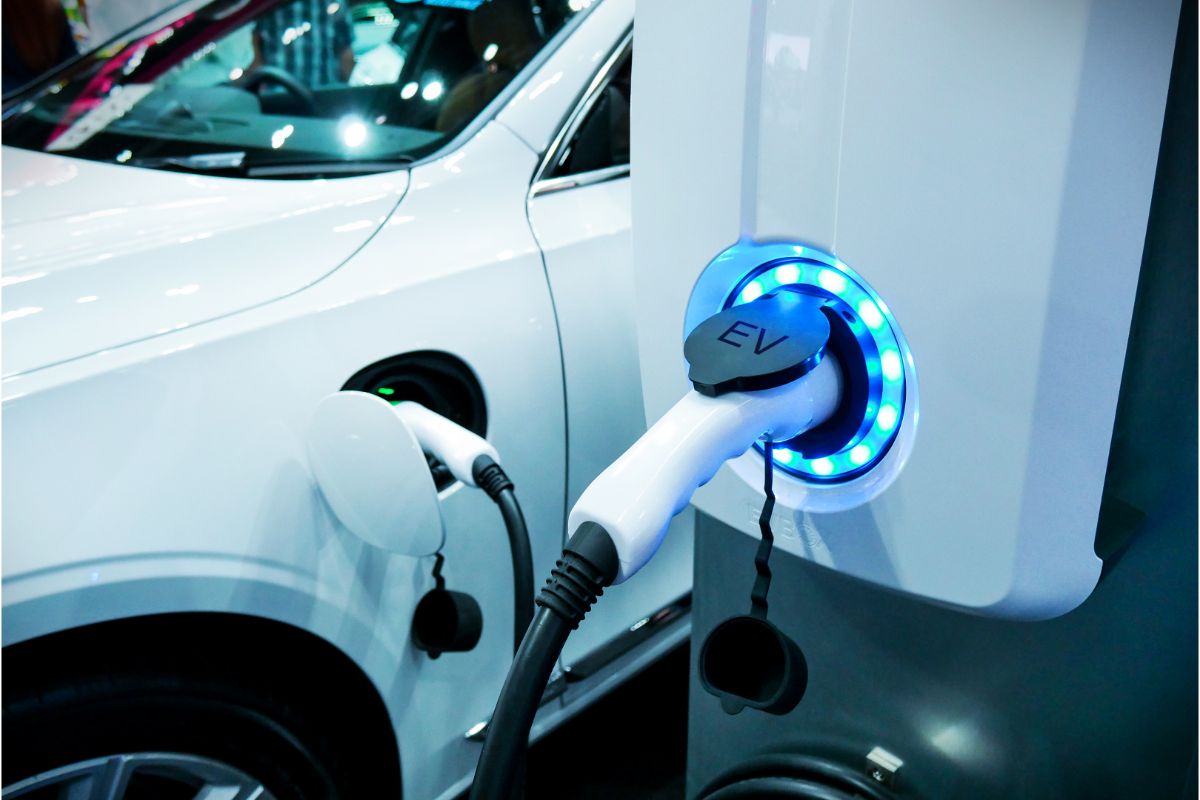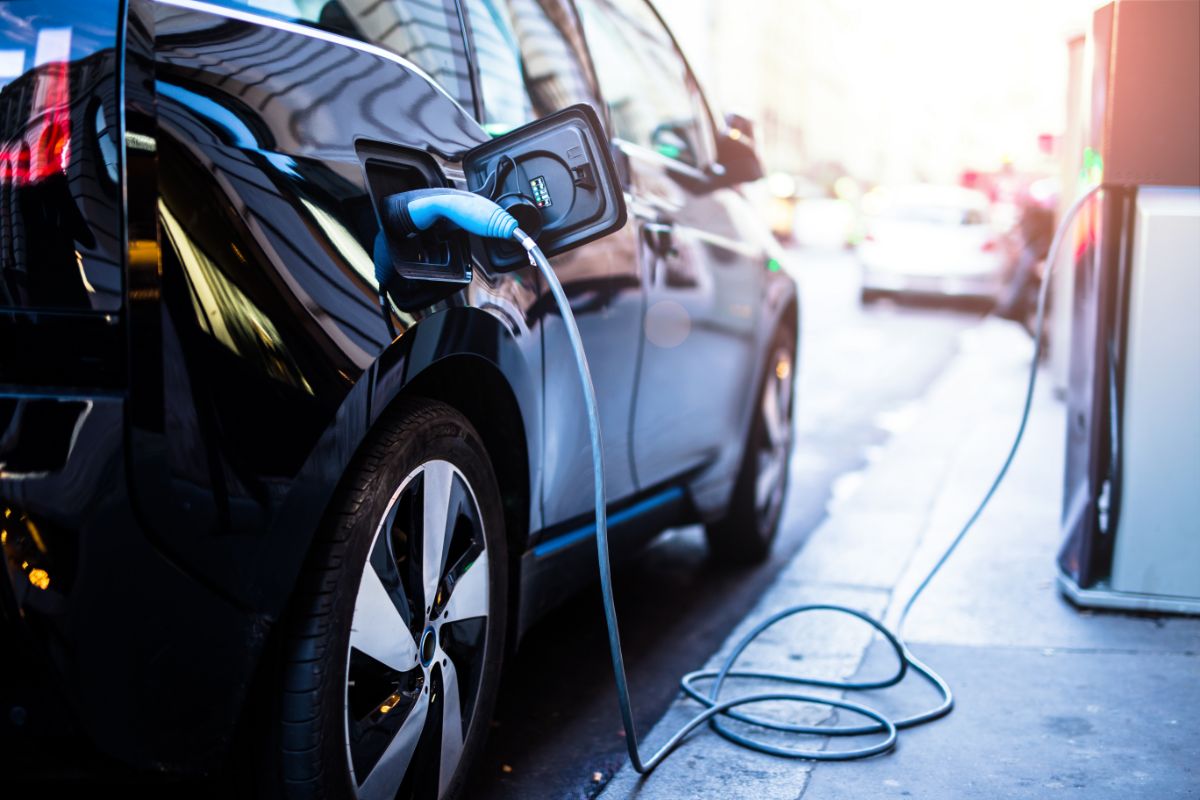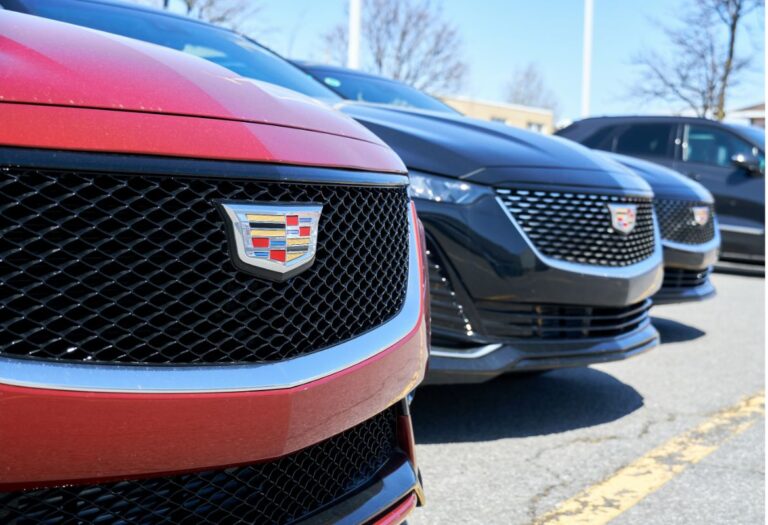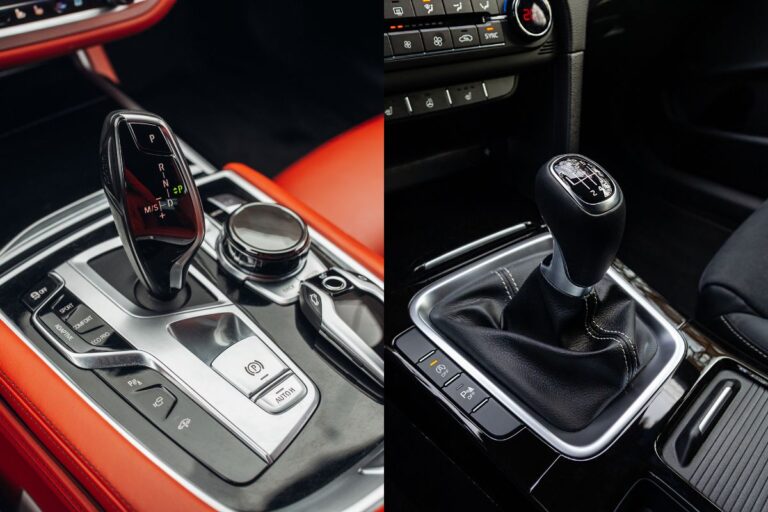
Have you ever wondered if your EV has the need for spark plugs? In many ways, the mechanical maintenance of an electric vehicle is much simpler than a gas-powered vehicle. Electric vehicles have their own onset of mechanical complications, but spark plugs are actually not one of them.
At first thought, you see the words “spark” and “plug” and would assume those are necessary for an electric vehicle, considering the similarly associated words. However, in this case, spark plugs are used to ignite the air/fuel mixture that creates a small yet powerful explosion to power the engine.
Because electric vehicles don’t run on fuel (yes, obviously stated, I know), nor operate on a combustion engine, no spark plug is needed. Instead of using a spark plug, electric vehicles use the energy of a battery that powers an electric motor.
If you drive a hybrid vehicle, then it will in fact have spark plugs because it partially runs on fuel. Hybrid electric vehicles are powered by both an internal combustion engine and an electric motor, which runs on energy stored in batteries.
Related: Where Are Spark Plugs Located in Vehicles?
FAQs
While EVs have been around for a while, it’s normal to still wonder how they operate. Now that they are becoming more mainstream, more buyers are contemplating making the switch from gas-powered/conventional vehicles to EVs. Here are some related questions people ask in addition to whether EVs have spark plugs.
Do EVs have any fluids at all?

A common misconception is that, because electric vehicles run on battery-stored energy, they don’t need any fluid like a traditional gas vehicle. You may be surprised to know that electric vehicles actually require a few different kinds of lubricants and fluids for proper maintenance and operation. These include: transmission lubricants, coolants, brake fluids, windshield washer fluids, and thermal management fluids to support fast charging and strong acceleration.
For the transmission lubricant, most EVs have something called a direct-drive unit that needs to be checked during your EV’s maintenance. The unit houses a single-ratio gearset, and it can become contaminated from regular use that degrades the transmission lubricant. Your owner’s manual will let you know whether this lubricant is something that you need to change.
Like gas-powered vehicles, EVs also use coolant. It helps prevent overheating in the battery and other high-voltage electronics. Your EV also uses brake systems similar to gas vehicles, which is why brake fluid is needed to keep the brake system running smoothly.
And finally, the windshield washer fluid needs to be replaced when it runs out. This just depends on how often you use the washer fluid to clean your windshield wipers.
How long do EVs take to charge?

Like conventional cars, not all EVs are created equally. Depending on your EV, charging can take anywhere from 7 hours to almost a full day. That depends on the size of the battery, and the power rating of the charging point. Other factors that can impact the charging time of your EV include whether your battery is empty or full, your vehicle’s maximum charging rate, and believe it or not, the weather.
Lower temperatures decrease charging efficiency, especially when using rapid chargers. Warmer/hot weather also impacts charging because it can test an EV’s internal resistance. If you live in a region with volatile weather, you’ll want to be sure your garage is insulated or climate-controlled (if possible) to help temper those more extreme temperatures.
This is a major reason why many drivers are hesitant to buy an EV. When you consider time at the gas pump usually takes 5 minutes, waiting 7 to 20+ hours for your car to be ready to drive is a significant inconvenience.
Related: Do Electric Vehicles Come With a Charger? | How Much Does the Electricity Cost to Charge an EV?
What kinds of plugs do electric cars have?

Spark plugs aside, the bigger plug is the one used to, well, plug in your EV to charge it. There are plugs for both alternating current (AC) and direct current (DC). Each current has two plug types.
For AC, there are type 1 and type 2 plugs. For DC, there are CHAdeMO and CCS plugs. The AC Type 1 is common for American vehicles, while Type 2 is standard for European and Asian vehicles. CCS is similar to type 2, and allows very fast charging. CHAdeMO, which was developed in Japan, is usually found in Asian cars and also allows for fast charging, in addition to bidirectional charging.
Are EVs easier to maintain than gas vehicles?
Absolutely, yes. EVs remove a lot of the more complicated mechanical systems found in conventional cars and therefore have fewer moving parts. While EVs may cost more upfront, the maintenance is likely to be lower. An all-electric vehicle automatically removes the worry of more than 20 components found in conventional cars, including: tune-ups, engine filters, emission system hoses, belts and/or chains, leaks, transmission flushes, spark plugs, and more.






